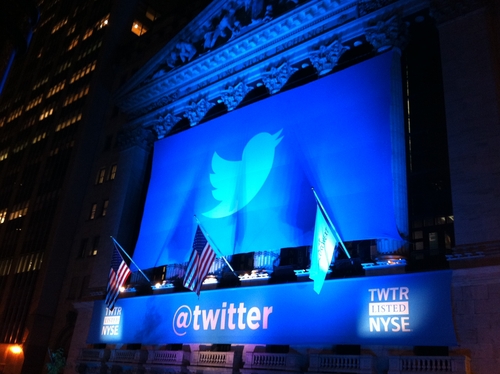
Things have really changed in the online world.
I’ve become a big fan of the publication Mediaweek, despite the fact that I’ve never planned nor bought any media — ever. Yet, for some reason, I’m sent a copy of this magazine every week, so who am I not to read it? It’s funny how certain publications find their way to your mailbox. For example, I also look forward to my weekly dose of Modern Manicurist. There’s nothing quite like an article centered on the finer points of nail sculpture.
But getting back to Mediaweek, their recent “Best of the Decade” issue offers some interesting statistics about online-related trends over the last ten years. I love interesting statistics. (Perhaps Mediaweek realizes this and that’s why they’re sending me their magazine.) Here’s the first online fact: “Americans who said they used the Internet in 2000-01: 53%. Americans who use it today: 75%.” That’s three people out of every four. Not totally surprising. How about, “Total daily time Americans spent online in 2000: Less than 30 minutes. Time they spend on the web each day now: 4 hours.” No wonder we’re all so chunky! What were we doing with the extra 3? hours not spent online in 2000, power-walking? And perhaps the most astounding online statistic of all, “Number of text messages sent in 2005: 5.4 billion. Estimated number of text messages sent in 2008: 1+ trillion. That’s “trillion” with a “tr.”
Next up: I offer some hot tips on the do-it-yourself reverse French manicure.


 Congratulations. Your organization’s leaders have decided to establish a new positioning statement, brand platform, externally facing mission statement and even a new slogan. And they want you to come up with concepts and copy to get the message out. Now what?
Congratulations. Your organization’s leaders have decided to establish a new positioning statement, brand platform, externally facing mission statement and even a new slogan. And they want you to come up with concepts and copy to get the message out. Now what?























